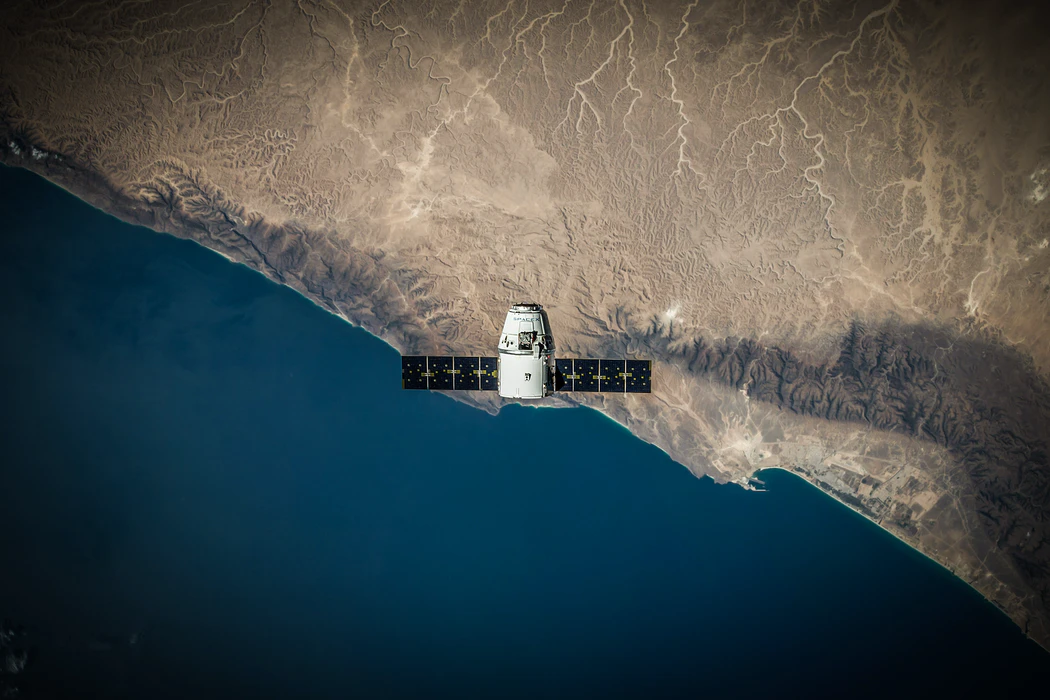 EMERGING TECH
EMERGING TECH
 EMERGING TECH
EMERGING TECH
 EMERGING TECH
EMERGING TECH
SpaceX Corp. has launched six Starlink satellites that can provide internet access for smartphone users without requiring them to purchase additional hardware such as antennas.
T-Mobile USA Inc., which partnered with the company last year to provide wireless connectivity for its subscribers, announced the milestone today. The six satellites are the first from SpaceX that can be accessed by mobile users without special hardware. According to the companies, they launched late Tuesday aboard a Falcon 9 rocket that took off from the Vandenberg Space Force Base.
Starlink is an internet constellation that SpaceX began building in 2019. Currently, it includes about 5,200 satellites that are set to be joined by thousands more in the coming years. The constellation is designed to provide internet access in remote areas that are beyond the reach of terrestrial cell towers.
In August 2022, T-Mobile teamed up with SpaceX to make Starlink accessible for its subscribers. The companies plan to begin field testing the joint service “soon.” T-Mobile will initially offer satellite-powered text messaging, with voice and data plans set to follow suit in the coming years.
“We look forward to rapidly scaling up Direct to Cell with our partner operators around the world and rolling out messaging service for T-Mobile customers,” said Sara Spangelo, SpaceX’s senior director of satellite engineering.
Currently, accessing the Starlink constellation requires users to purchase a portable antenna from SpaceX. The six satellites that the company launched this week remove this requirement. They each include a so-called eNodeB modem, a kind of cell tower that can provide internet access for LTE-compatible handsets without an intermediary antenna.
The Starlink constellation orbits the Earth at an altitude of about 340 miles. That’s significantly lower than heights at which traditional communications satellites operate. Because Starlink is closer to the surface, data takes less time to travel to and from users’ devices, which significantly reduces latency.
Orbiting at a relatively low altitude also has a second benefit. SpaceX’s rockets only have to cover a relatively short distance before deploying the Starlink satellites they’re carrying, which lowers deployment costs. The launch process is further simplified by the satellites’ relatively compact design, which allows a large number to be carried into orbit at once.
Each Starlink system includes a half-dozen antennas that it uses to provide internet connectivity for devices on the ground. Additionally, the satellites include optical transmitters that allow them to exchange data with one another using laser beams. If a given satellite is beyond the reach of a ground-based device, it can transfer its data to a closer spacecraft and have that system perform the broadcast.
Automated navigation software helps avoid collisions within the Starlink constellation. According to SpaceX, its satellites use an ion-based propulsion system to maneuver around each other and any debris that may emerge in their orbit. The electricity used for navigation tasks is provided by a built-in solar panel.
According to T-Mobile, the six satellites that SpaceX deployed this week mark the “first of many Starlink satellite launches” designed to provide direct-to-cell connectivity features. Those satellites will be used by not only T-Mobile but also other internet providers. Japan’s KDDI Corp., Australia’s Singtel Optus Pty Ltd., New Zealand-based One New Zealand Group Ltd. and Canada’s Rogers Communications Inc. are among the carriers that plan to provide Starlink-powered connectivity for their subscribers.
THANK YOU